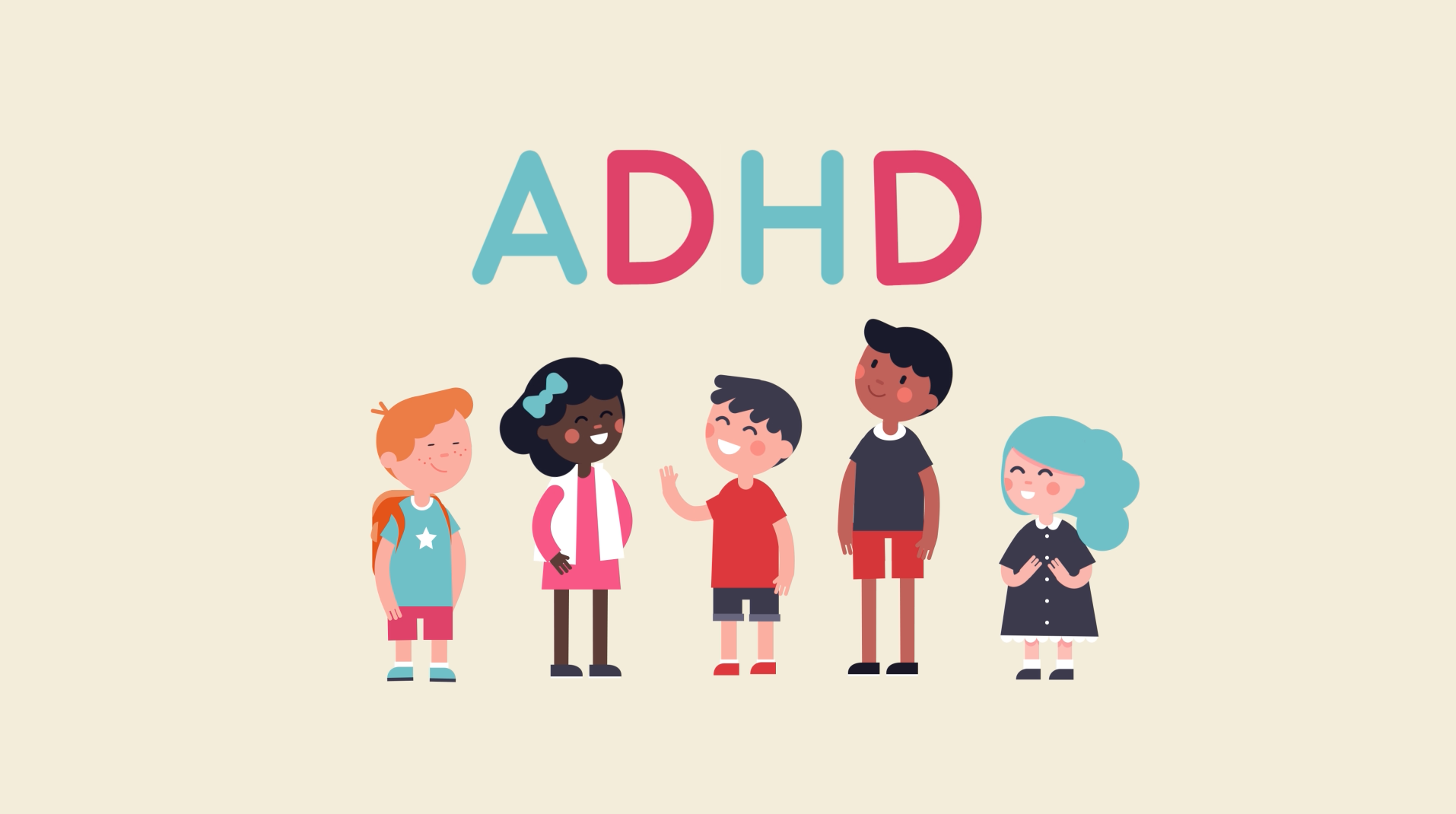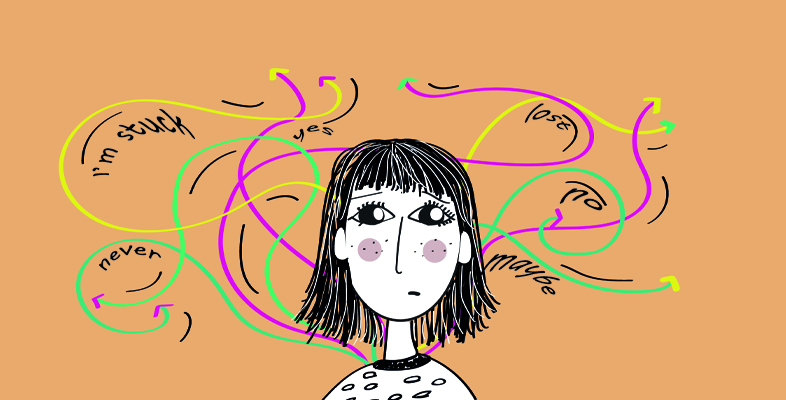By Khushi Vora
As of 2018, roughly 1.1 million Canadians are affected by attention-deficit/hyperactivity disorder (ADHD). ADHD does not discriminate between gender, ethnicity, race, or age and can affect all aspects of an individual’s life. It has been found that among individuals with ADHD, some areas of their brain are hyperactive while others are hypoactive. ADHD can be commonly categorized into 3 specific types: hyperactive ADHD (the rarest), inactive ADHD, and combined ADHD (the most common). Surprisingly, about 75% of ADHD is hereditary, signifying that there is a genetic aspect to this disorder.
Source: https://www.youtube.com/watch?v=YeamHE6Kank
Interesting Fact: A majority of the information available regarding diagnosis is based on research performed on males. ADHD presents in strikingly different ways for females—as a result, the majority of females don’t get diagnosed until later in their life, while their male counterparts are able to get an earlier diagnosis.
So what exactly is happening inside of the brain?
Brain development is slowed in people with ADHD; the neural pathways don’t connect or mature at the same rate due to low levels of neurotransmitters such as noradrenaline and dopamine, thus making it harder to pay attention and focus. This can impair executive function, which handles organization and routine tasks. Dopamine plays a critical role in mood regulation and it is associated with motivation, memory, and learning. Noradrenaline plays a significant role in concentration by increasing attention span and focus, and it is also connected to mood regulation. The low levels of both of these neurotransmitters explain many of the expressive symptoms observed in individuals with ADHD.
Several parts of the brain have decreased blood flow and impaired function including the frontal cortex, limbic system, basal ganglia, and reticular activating system. Between the prefrontal cortex and basal ganglia, the decrease in neurotransmission has effects such as decreased attention span and short-term memory, and a difficulty in categorizing what is and isn’t important in relation to task-specific activities. This is due to the fact that the prefrontal cortex is responsible for the judgement required in categorizing tasks based on importance and remaining focused on one task at a time. The basal ganglia, on the other hand, is responsible for impulsiveness—this is often why individuals with ADHD have a difficult time focusing on one thing at a time.
Dysfunction of the prefrontal cortex results in a lack of alertness, a decreased attention span, decreased efficiency of working or short-term memory, difficulty in initiating and sustaining activities, and being unable to distinguish and avoid unnecessary or distracting activities. The basal ganglia regulate impetuous behaviour to prevent unwarranted automatic responses to stimuli. The prefrontal cortex controls emotional responses, behaviour, and judgment. Judgment decides on the appropriateness of different actions, and, of course, attention to the present task—this enables individuals without ADHD to execute routine tasks with deliberate and focused attention.
Analyzing brain scans of individuals with ADHD, we find the following physical difference:
- Lower levels of grey matter. Grey matter is related to the information processing through the diffusion of networks within the brain.
- White matter has abnormalities in its structure. White matter connects the four lobes of the brain which allow the brain to function harmoniously.
Interesting Fact: In children, the most common neurological development disorder is ADHD. However, diagnosis of children is oftentimes extremely difficult as many symptoms of ADHD also leak into other disorders so people may be incorrectly diagnosed at first.
Diagnosis and Management
Some professionals that you can turn to to learn more about ADHD and getting help include your family physician, child and adult psychiatrist, developmental pediatricians, general peditions, and neurologists. A proper assessment will include a thorough check of family mental health history, a thorough physical health check for other underlying issues, and a vision and hearing test. The accessing costs to these medical professionals are all covered under the provincial health plan and all of these individuals can help with getting the proper medication for ADHD management.
Oftentimes with textbook cases of ADHD, medication with high rates of past success is prescribed, which helps to regulate many of the functional side-effects that occur in patients with ADHD. There are two kinds of medications typically prescribed: non-stimulant and stimulant medication. Some of the most commonly used medications are amphetamine, methylphenidate, and dexmethylphenidate-based. Part of the treatment for individuals with ADHD may include these stimulant or non-stimulant medications. Everyone reacts to medication differently, but many people find they benefit from the treatment after learning what works best for them.
Myth Buster: “Individuals diagnosed with ADHD as children will eventually grow out of it.” This is false! ADHD isn’t a disease of illness that can be cured (as of current research), but it involves a lifelong journey of management which is why it is so important to seek medical attention for a proper diagnosis.
[author] [author_info]Khushi is a first year biological science student at the University of Calgary. A particular topic that I am interested in is how diseases manifest within the human body and the prevention of those diseases. I’ve had the opportunity to research the development of acute myeloid leukemia which has furthered my interest within this field. In my downtime I enjoy experimenting in the kitchen with baking and cooking.[/author_info] [/author]
Works Cited:
https://www.additudemag.com/neuroscience-of-adhd-brain/
https://www.ncbi.nlm.nih.gov/pmc/articles/PMC5391018/
https://www.news-medical.net/health/How-does-ADHD-Affect-the-Brain.aspx
https://www.medicalnewstoday.com/articles/adhd-brain-vs-normal-brain
https://www.crystalrunhealthcare.com/articles/what-happens-in-the-brain-of-someone-with-adhd
https://www.dana.org/article/why-the-white-brain-matters/
https://caddac.ca/understanding-adhd/in-general/
https://www.additudemag.com/adhd-medication-for-adults-and-children/








